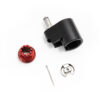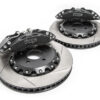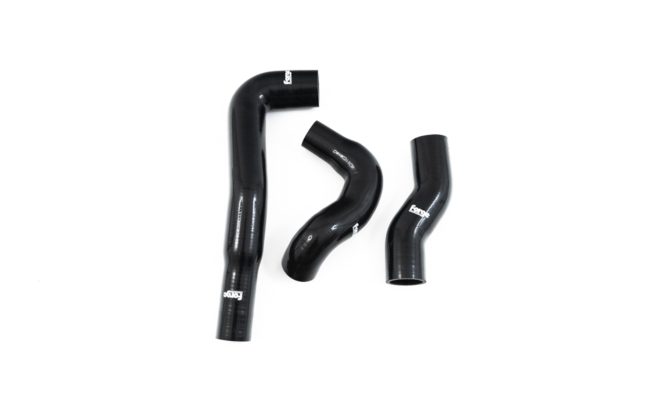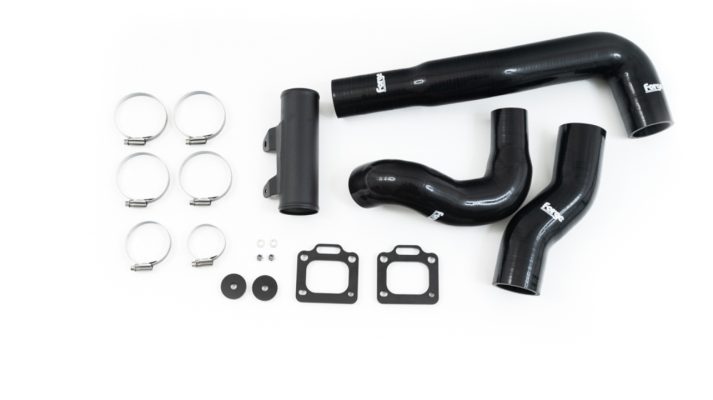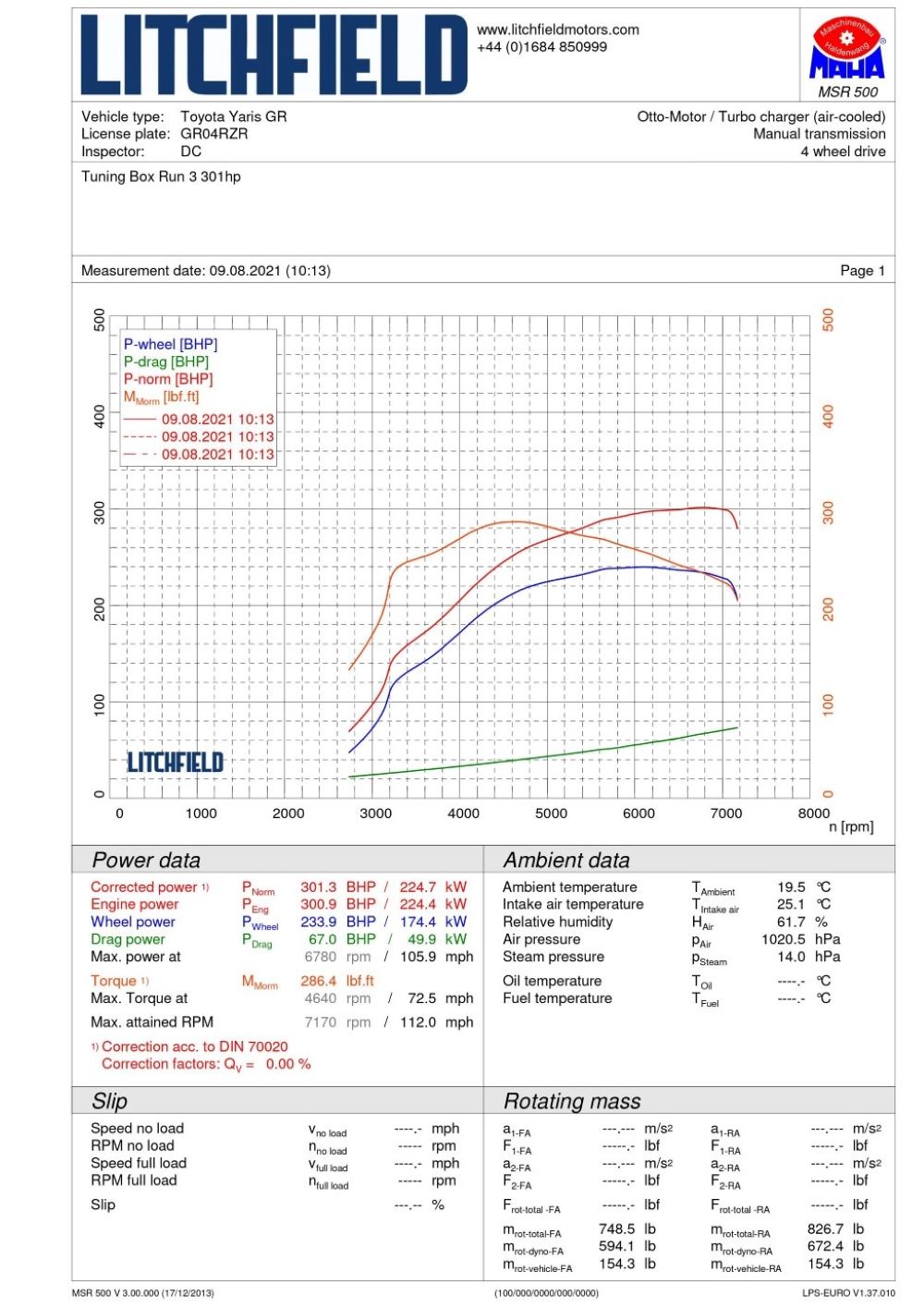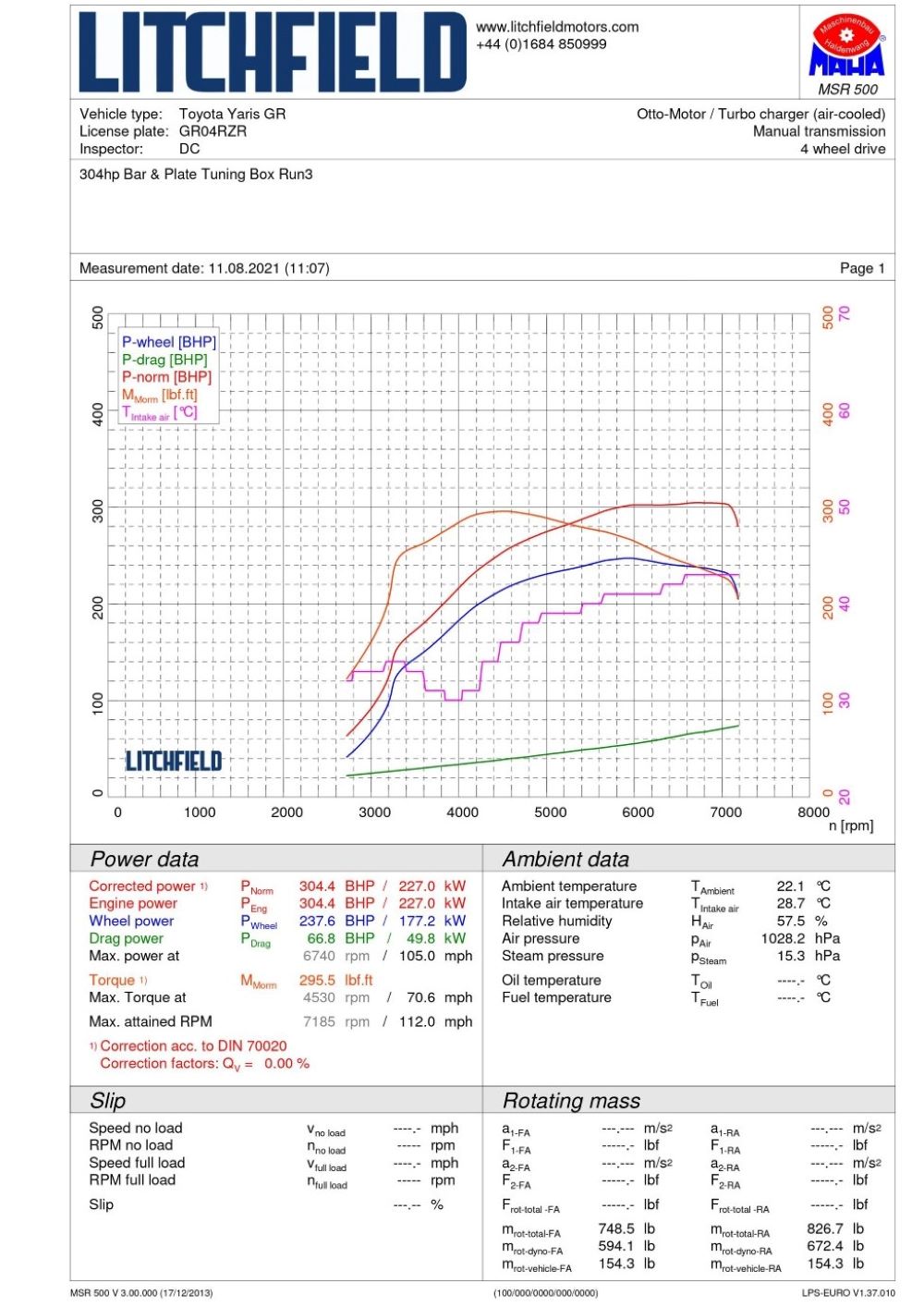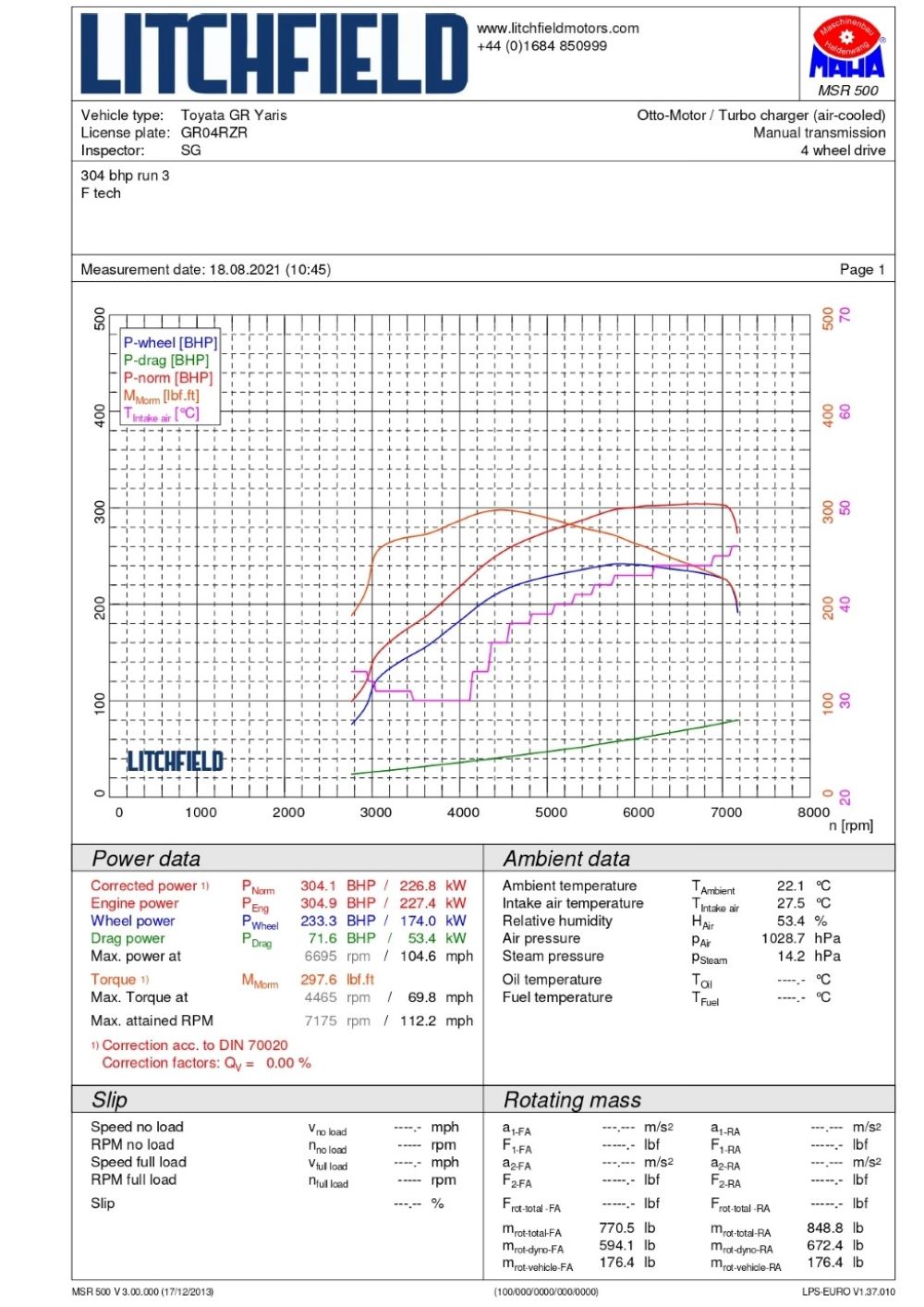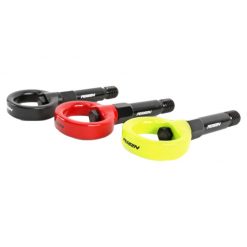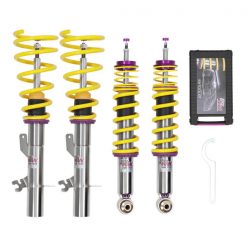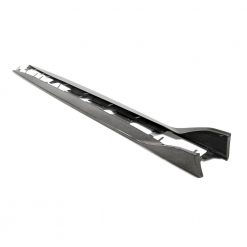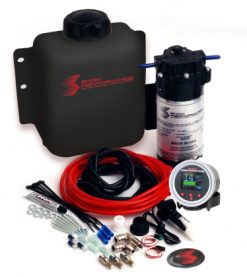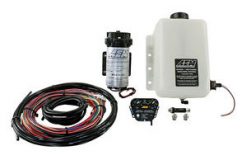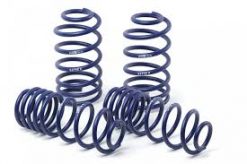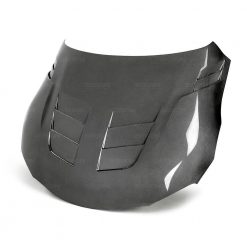Toyota GR Corolla Intercooler
$ 1,799.99
Product code: FMINT34
Product Description
- Gains of 10bhp and 10lbft
- Temperature drops of up to 20C
- Reduced turbo lag, increased response
- Greater overall surface area for greater heat dissipation
- Utilising a race specification Tube and fin construction air core
- High flow cast end tanks ensuring optimum air transition for cooling efficiency
- Dyno proven horsepower and torque gains
- A smoother power curve
- Volumetric increase of more than 100%
- Frontal area increase of over 40%
- Includes necessary hardware and instructions for installation
- Lifetime warranty

Following on from our successful launch and testing of our intercooler designed for the Yaris GR our customers reached out to us for a cooling solution for the Corolla GR. FMINT34 is a performance intercooler for the Toyota Corolla GR. This part replaces OEM part number JD127000-1451.
The Corolla GR is currently not available for the UK market so we worked closely with our USA branch to bring a solution to market that has been designed at our headquarters in Gloucester UK. Throughout the development process we have strived to improve the efficiency and performance of the Corolla GR’s engine; our project brief was to develop an intercooler utilizing all the available space available in the original position of the OEM intercooler, and to ensure the inlet air temperature is reduced, without any negative effects on the boost pressure or engine and transmission cooling.
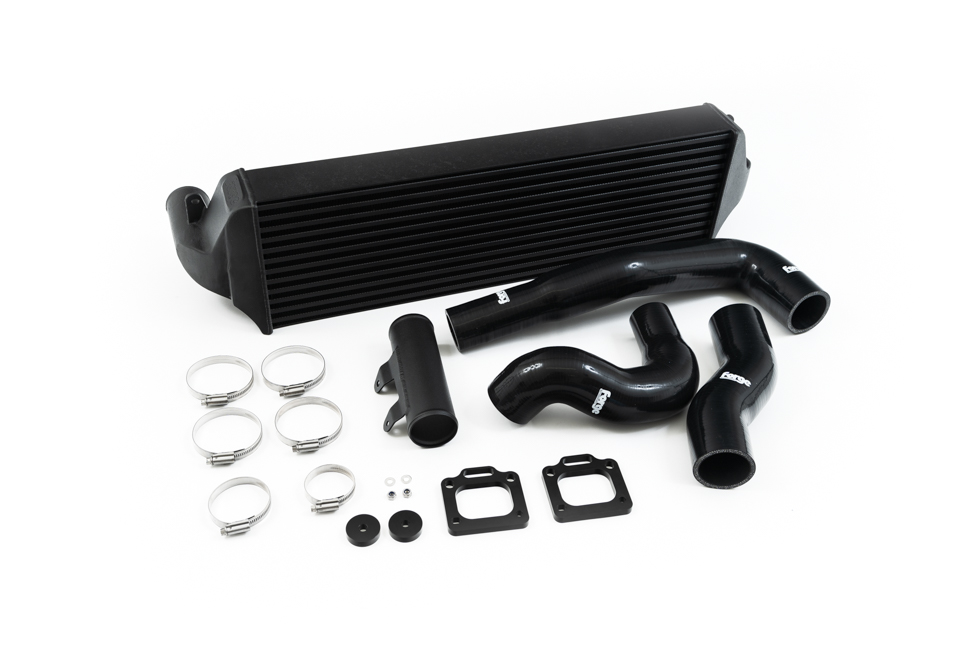

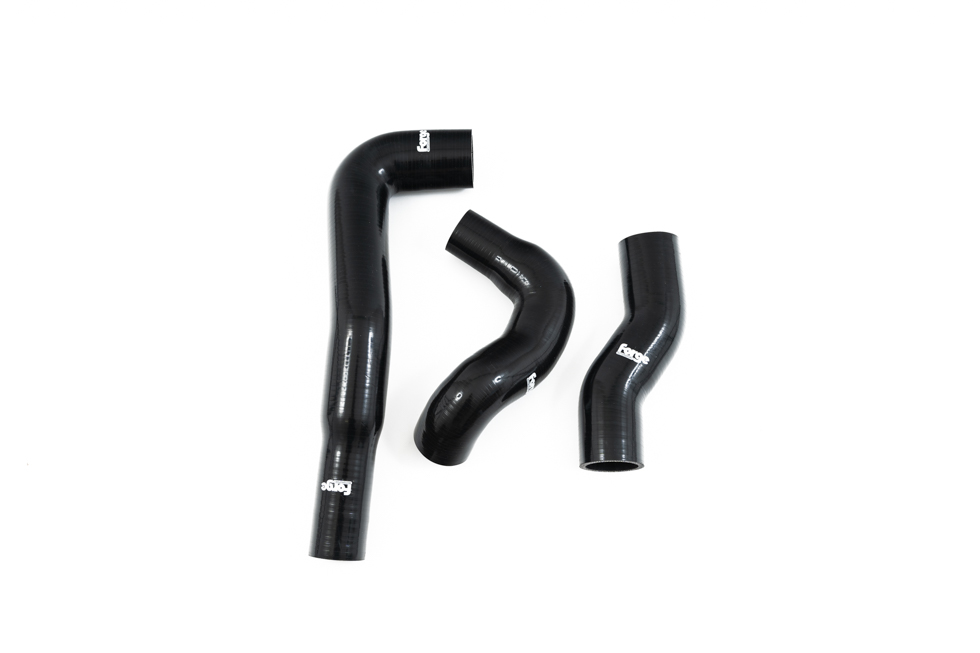
Using a combination of scanning software and traditional measuring methods the design was created. This was then fine tuned by our flow dynamics simulations team (CFD), and the end tanks were initially created by 3D printers. We then alloy cast our first prototypes from our 3D prints using a sand casting technique and started the testing procedure on several types of intercooler cores.
In order to fit the designed intercooler to the Corolla GR’s platform we designed spacers to fit behind the Corolla GRs OEM crash bar, this results in no cutting of the vehicle and ensures the modification is 100% reversible along with helping to fit the deepest performance core behind the GRs OEM bumper. The spacers are manufactured from 6082 aerospace billet alloy and anodized for surface protection and longevity. The first iteration fitted the vehicle perfectly, however our technicians and engineers felt the inlet and outlet should be enlarged along with providing the end user with the necessary boost pipes to ensure flow was maximized on the Toyota`s GR 3 cylinder engine.
Before getting to work on the DYNO we specked three different types of cores, one of these being Bar and Plate and two being a tube and fin construction with all three cores having different internal and external fin pitches and configurations. We then welded the test parts ready for testing along with fabricating an internal baffle to the inlet (hot side) of the end tank, this is to ensure, from our CFD research, that the total volume of the core internal is utilized for optimum performance.

Why do we test different cores ?
Here at Forge Motorsport, when developing an intercooler, we will test several different cores for each application. For example, a bar and plate style core, a tube and fin style core along with different fin pitches and heights i.e. 22 fins per inch or 17 fins per inch as well as changing the internal fin pitches/shapes and density within the tube enabling to fine tune the amount of pressure drop the intercooler produces.
Pressure drop is not always a bad thing, as our testing and research has proven on various projects, this is because the pressurized air velocity is being stalled by the pressure drop within the cooler thus allowing more time to cool the air within the cooler itself, as air passes through the non-pressurized face of the core, that is open to the atmosphere. Too much pressure drop can of course have a problem on the higher performance engines as the intercooler reaches its maximum efficiency the turbo has to work a lot harder to force the air through the core. This in turn creates higher inlet air temps (IAT’s) due to the turbo creating more heat as it is over stressed and worked harder. No pressure drop can also prove to be inefficient as the cooler will not lower the charge temperature again resulting in higher inlet air temperatures.

Dyno Results
Testing was completed in the UK on a Yaris GR at Litchfield’s Maha dyno, manufactured by the same people who currently supply BMW M Sport and Mercedes Benz for all their engine calibration and dyno testing. The vehicle used for testing had a full turbo back exhaust along with a DT UK Tuning box. Our first run with an ambient air temperature of 19.5°C, gave results of 301.3 BHP and 286.4 lbs/ft of torque. Later after the 3rdpull on the dyno, the inlet air temp quickly increased to nearly 58°C, with the BHP and torque both decreasing to 295bhp and 278 ft/lbs.
Our first test Forge intercooler was on our bar and plate design core. The weather on this day was hotter with an Ambient dyno cell temperature of 22.1 degrees , on our third DYNO pull on the bar and plate the intercooler the yields where 304.4 BHP and 295.5 lbs/ft of torque as shown in the graph below. The inlet air temp is highlighted in pink, and shows the intake air temperature reduced to 44°C. So we had achieved a good gain in Torque and a reduction in inlet air temps when the testing environment was actually hotter.
For our second test we used a very high density external fin pitch core with a tube and fin design. These cores are typically lighter than the bar and plate counterparts. Again the dyno cell ambient air temps here higher than when we tested the OEM intercooler. This time the results showed we had again achieved an impressive reduction in IAT’s with power figures resulting in 304.1 BHP and 297.6 lbs/ft of Torque, inlet air temps on the third pull were no higher than 46°C.
Related products
Exterior
Floor Mats
2003-2008 Tiburon
Snow Performance Methanol Injection Kit Part #: SNO-210 UNIVERSAL
2003-2008 Tiburon
AEM Methanol Injection Kit 1 Gallon Tank 30-3300 (UNIVERSAL FIT)
Lowering Springs


